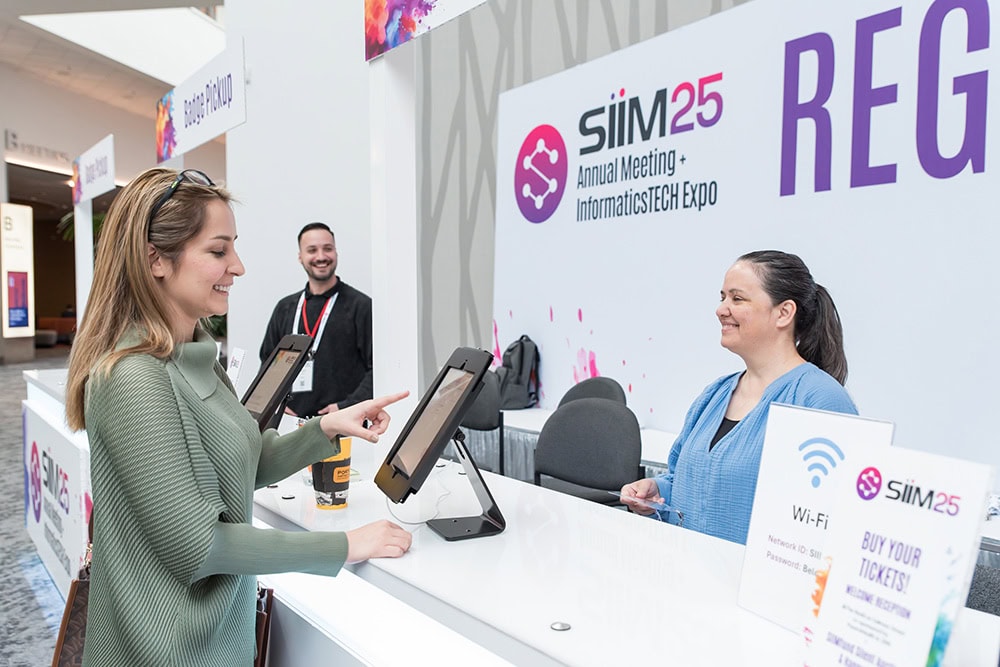About the Session
As digital tools and analytics become increasingly crucial to a provider’s ability to deliver care effectively, the necessity to utilize data efficiently also grows. However, to truly harness the potential that healthcare’s vast data can provide, it must be appropriately curated and standardized.
This presents a challenge in radiology, where, unlike some more quantitative diagnostic specialties, there is a greater degree of subjectivity and linguistic nuance in imaging data and the radiologists’ assessment of medical images. Adding to this are the various nomenclature and tagging used by the manufacturers of different scanners, differences in exam coding between institutions, and typographic errors resulting from manual data input. All these factors contribute to some degree of inconsistent, unpredictable and unclean data.
In this session, we will summarize the collaborative work undertaken by GE HealthCare and Enlitic to support providers in finding and leveraging more of a patient’s current and retrospective data from all aggregated data sources. There will also be opportunities to enhance care by improving the accessibility of longitudinal imaging records and utilizing the data for broader purposes.
Objectives
- Describe how cutting-edge Computer Vision (CV) and Natural Language Processing (NLP) techniques can be used to standardize medical imaging study and series descriptions to help address inconsistencies, inaccuracies, and gaps in medical imaging data.
- Discuss how pixels and metadata can be leveraged to uncover the original intent of a radiology exam while enhancing its metadata with relevant and refined information.
- Explore how these technologies are being used to enhance existing radiology workflows, hanging protocols, image routing, and ultimately improve operational efficiency as well as support more precise diagnosis.
Presented By





